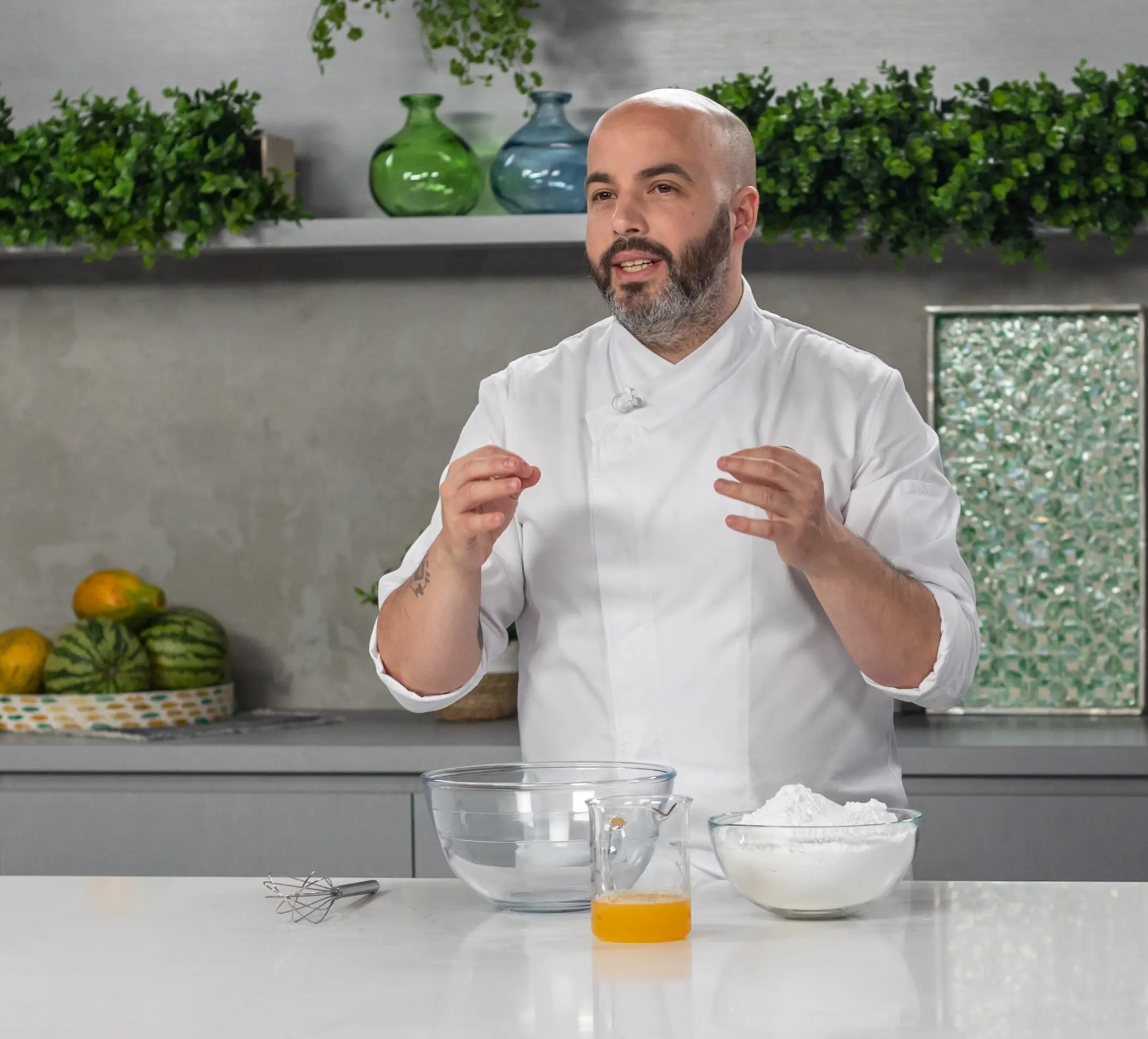Understanding Gelatin and Pectin
Gelatin is a protein derived from animal collagen, commonly found in bones and connective tissues. It is widely used in cooking and baking for its gelling properties. Gelatin creates a soft, elastic texture and is used in a variety of desserts, from jellies to marshmallows.
Pectin is a naturally occurring carbohydrate found in the cell walls of fruits. It acts as a gelling agent, especially in high-sugar environments. Pectin is commonly used in jams, jellies, and fruit fillings to create a firm, spreadable texture.
Key Differences
Gelatin and pectin differ in several ways, including their source, composition, and the texture they create. Here are the key differences:
- Source and Composition: Gelatin is animal-based, derived from collagen, while pectin is plant-based, extracted from fruits like apples and citrus.
- Texture and Consistency: Gelatin provides a soft, gel-like texture, melting at body temperature for a smooth mouthfeel. Pectin creates a firmer, more jelly-like consistency that remains stable at room temperature.
- Setting Process: Gelatin requires refrigeration to set, dissolving in warm water and setting upon cooling. Pectin sets with sugar and acid, usually after boiling, solidifying as it cools to room temperature.
- Temperature Sensitivity: Gelatin is sensitive to heat and can melt at high temperatures, while pectin is more stable, making it suitable for products that need to remain stable without refrigeration.
- Flavor and Dietary Considerations: Gelatin may have a slight flavor and is not suitable for vegetarians or vegans. Pectin is flavorless and suitable for vegetarian and vegan diets.
Using Gelatin in Fruit Fillings
Gelatin is best used in recipes where a softer texture is desired. It works well in mousse, panna cotta, and certain types of fruit fillings that require refrigeration. Here's how to use it:
- Blooming Gelatin: Sprinkle gelatin powder over cold water and let it sit for a few minutes until it absorbs the liquid and becomes gelatinous.
- Dissolving Gelatin: Heat the bloomed gelatin with a small amount of liquid until fully dissolved. Avoid boiling, as high temperatures can weaken its gelling ability.
- Incorporating into Filling: Combine the dissolved gelatin with the fruit mixture and refrigerate until set.
Using Pectin in Fruit Fillings
Pectin is ideal for fruit fillings that need to be shelf-stable or have a firmer texture. It is commonly used in jams, jellies, and preserves. Here's a simple guide:
- Choosing the Right Pectin: There are two main types: high-methoxyl (HM) and low-methoxyl (LM) pectin. HM pectin requires sugar and acid to set, while LM pectin can set with calcium and is suitable for low-sugar recipes.
- Preparing the Fruit Mixture: Combine the fruit, sugar, and pectin in a pot. For HM pectin, add an acidic ingredient like lemon juice.
- Cooking and Setting: Bring the mixture to a boil, then simmer until it reaches the desired consistency. Remove from heat and pour into jars or molds. It will set as it cools.
Tips: Follow the manufacturer's instructions for the correct pectin-to-fruit ratio. For a firmer set, use more pectin.
Substituting Gelatin and Pectin
While gelatin and pectin can sometimes be substituted for one another, it's important to consider the differences in texture and setting process. For example, if a recipe calls for gelatin but you prefer a plant-based option, you can use pectin, but the texture will be firmer. Conversely, substituting gelatin for pectin will result in a softer, more wobbly filling.
General Substitution Guidelines:
- For a firmer texture: Use pectin instead of gelatin.
- For a softer texture: Use gelatin instead of pectin.
Conclusion
Choosing between gelatin and pectin depends on the desired texture, dietary preferences, and storage conditions of the final product. Gelatin is perfect for creating soft, creamy fillings that require refrigeration, while pectin is ideal for firm, shelf-stable fillings. By understanding the properties and uses of each, you can create delicious fruit fillings that suit your needs. Whether you're making a light fruit mousse or a robust jam, the right setting agent can make all the difference.
Want to Learn More About Pastry?
Turn your pastry to success with PastryClass. Enroll new pastry skills, unleash your creativity, boost sales, enhance career opportunities, transition into an instructor role yourself, or simply discover a fresh passion. Learn with Cédric Grolet, Pierre Hermé, Ramon Moratò, Frank Haasnoot and more.
August 5, 2024 By PastryClass




























